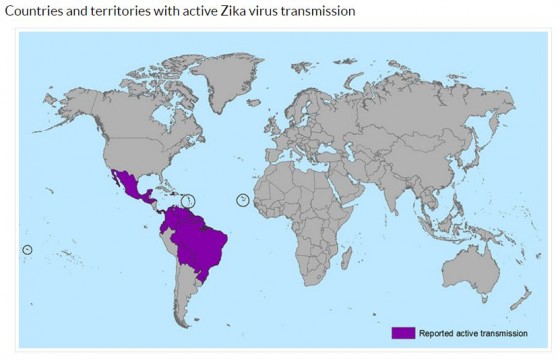Ana Maria Duque is the environmental assessment manager at Argos in Colombia. Here’s what she had to say about the environmental challenges her company faces.
RMM: Please describe what you do for Argos.
AMD: In my current role as environmental assessment manager, I oversee planning and implementation of the processes related to environmental assessment of projects, water and biodiversity management, and administration of environmental liabilities across the three regions where the company is present: Colombia, Caribbean and Central America and the United States. The purpose is to ensure compliance with environmental regulations and the organization’s environmental policy.
and biodiversity management, and administration of environmental liabilities across the three regions where the company is present: Colombia, Caribbean and Central America and the United States. The purpose is to ensure compliance with environmental regulations and the organization’s environmental policy.
RMM: What is Argos’ philosophy on environmental challenges?
AMD: We are committed to develop our production activities responsibly, seeking a balance among profit generation, social development and environmental impact mitigation. This is why we have defined an environmental policy with goals up to 2025. Our goals are to promote prevention, mitigation, correction or compensation of the environmental impacts caused by our operations. Efforts are organized into five pillars that represent our main risks and opportunities: climate change, eco-efficiency (including water and atmospheric emissions), biodiversity, sustainable construction and environmental awareness.
RMM: Why should corporate risk managers be paying attention to environmental issues?
AMD: Corporate risk managers must pay attention to environmental issues since businesses, as well as other human activities, depend on goods and services provided by ecosystems, such as fresh water, timber, climate regulation, natural hazard protection and recreation. At the same time, business activities can negatively impact ecosystems, jeopardizing their ability to supply these goods and services. These dependencies and impacts pose several types of risks and opportunities to companies which need to be properly managed to ensure the sustainability of the business.
RMM: Are risk managers receptive to environmental issues, or is there more convincing to be done?
AMD: Environmental issues are an integral part of the business strategy of large corporations, that have understood the importance of managing environmental issues in order to ensure successful corporate performance and contribute to a sustainable world. There are some small companies, however, that are not completely aware of their dependence and impact on ecosystems, and therefore they have not integrated the management of these risks and opportunities into their business strategy.
Environmental awareness is growing among these companies as well, and they are starting to realize the importance of managing these issues.
RMM: How does Argos handle water risks in Colombia and the region?
AMD: We are committed to using water in an efficient and responsible manner, focusing our management strategy in two action lines: efficient water use, by measuring the consumption in our operations and implementing reduction plans; and water risk management, through the identification, evaluation and management of water-related risks at our facilities. Our targets are to reduce by 30% the specific water consumption in the cement business by 2025; and 20% in the concrete production, across all the three regions where we are present.
In order to measure our exposure to water scarcity risks, we monitor the water stress degree of the basins where our facilities are located, using the WBCSD [World Business Council for Sustainable Development] Global Water Tool. Furthermore, we assess the exposure to several categories of water risks at a local level using the tools WRI [World Resources Institute] Aqueduct and WWF [World Wildlife Fund] Water Risk Filter. This allows us to prioritize the sites where we need to develop action plans. We have also endorsed the CEO Water Mandate aiming to adopt and implement a comprehensive water management approach in its six action lines: direct operations, supply chain and watershed management, collective action, public policy, community engagement and transparency.
RMM: What other environmental risks should be on the minds of risk managers?
AMD: All risks and opportunities derived from the companies’ dependencies and impacts on ecosystems must be on the minds of corporate risk managers, including those related to biodiversity, air quality and climate change. But more importantly, environmental issues need to be the top priority of the board of directors to ensure that the company invests what is needed to address those issues.
RMM: What do you envision as an ideal interaction between risk managers and environmental assessors/engineers?
AMD: Within the companies, risk and environmental managers should work together in order to raise awareness to the strategic level of the risks and opportunities related to environmental issues, as well as to develop and adopt robust action plans that allow the companies to mitigate their environmental risks and foster their environmental opportunities. This adds value to both the companies and society.

 leader, coordinator and project manager for the ERM program and its strategic implementation across the Kuwait oil sector. Al-Gharabally, a speaker at
leader, coordinator and project manager for the ERM program and its strategic implementation across the Kuwait oil sector. Al-Gharabally, a speaker at 
